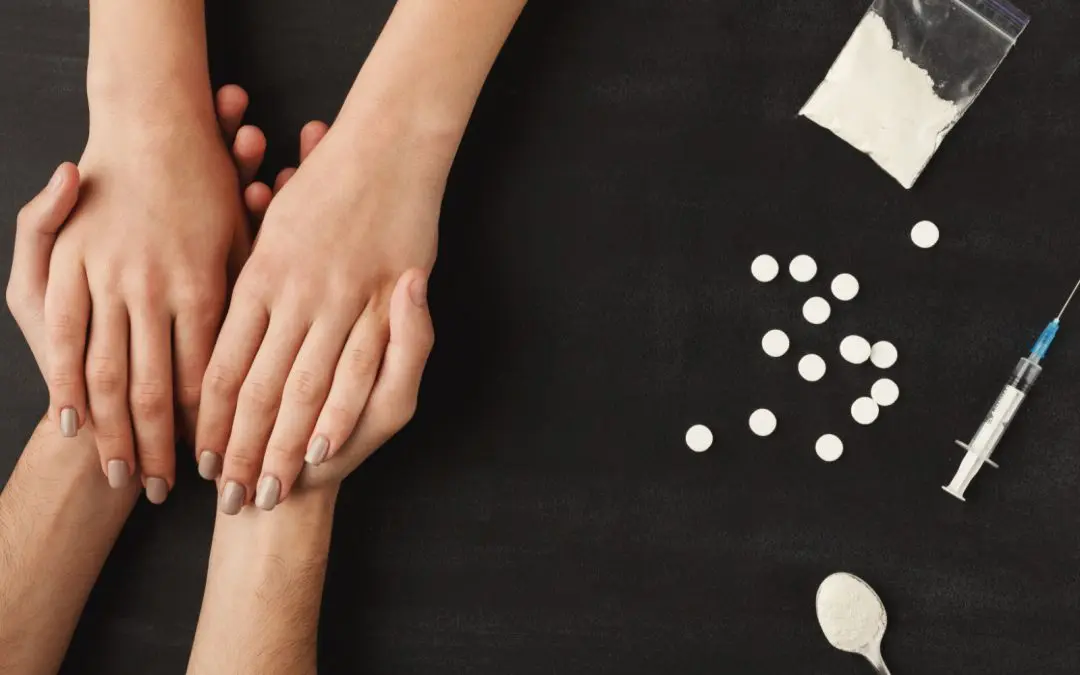24/7 Helpline:
(866) 899-221924/7 Helpline:
(866) 899-2219
Learn more about PTSD Rehab centers in Locust Gap
PTSD Rehab in Other Cities

Other Insurance Options

WellCare Health Plans

Providence

MHNNet Behavioral Health

Molina Healthcare

Sliding scale payment assistance

Highmark

Meritain

PHCS Network

BHS | Behavioral Health Systems

Evernorth

Humana

Multiplan

Self-pay options

Coventry Health Care

Magellan

Oxford

UMR

Choice Care Network

Magellan Health

Ambetter









